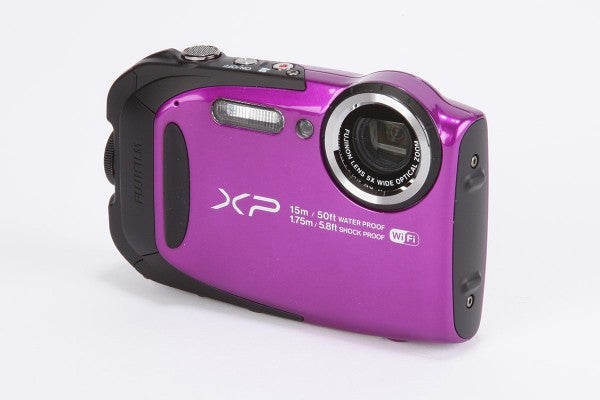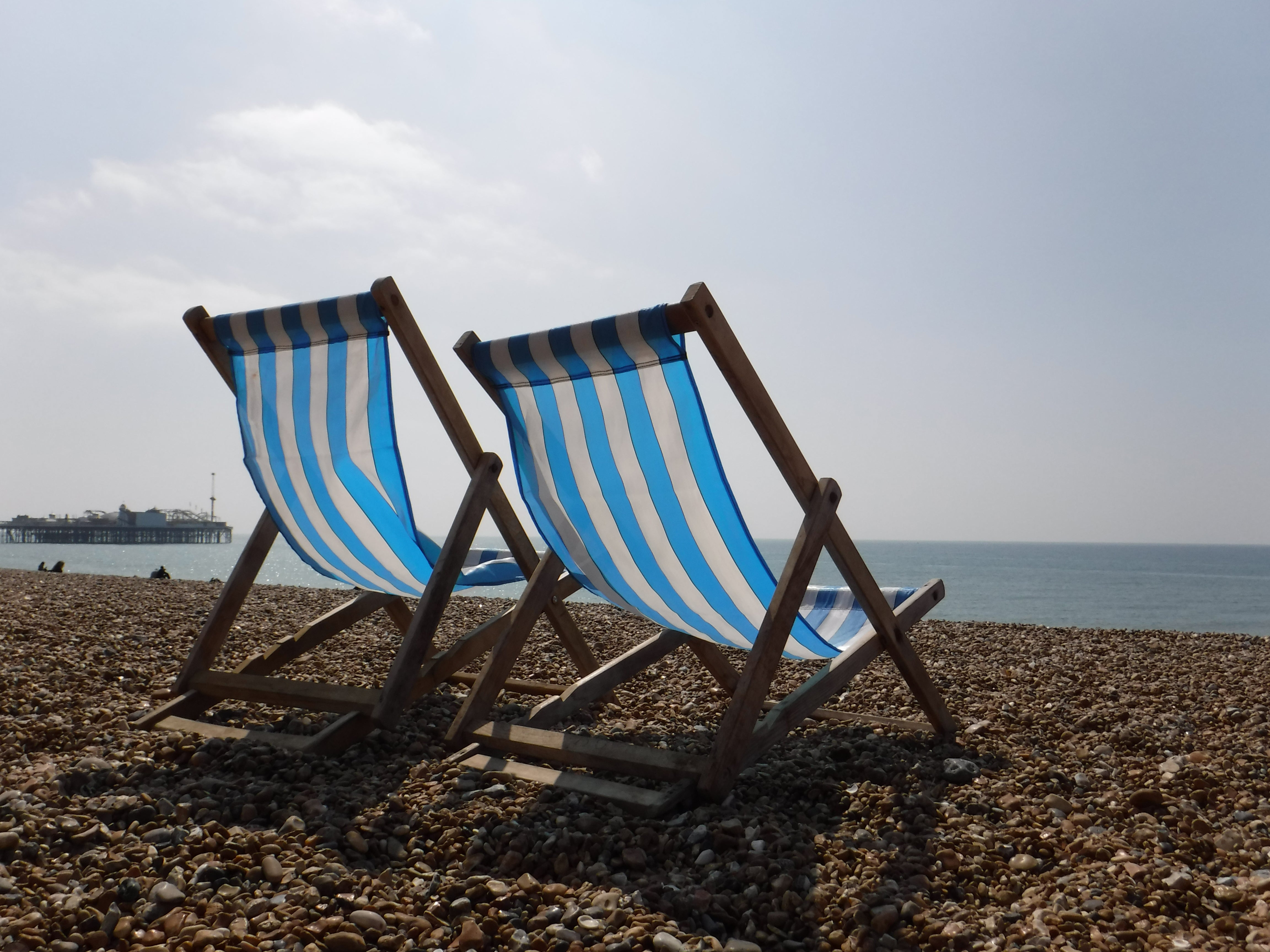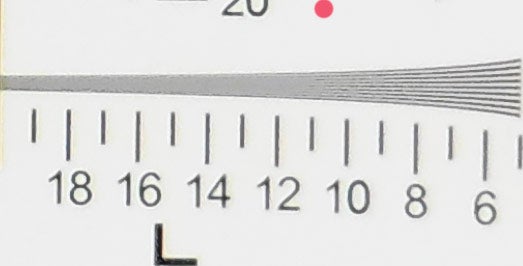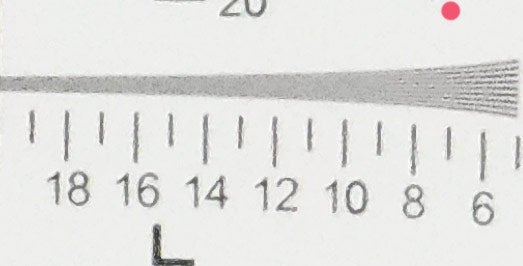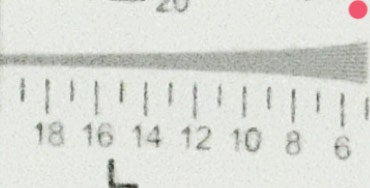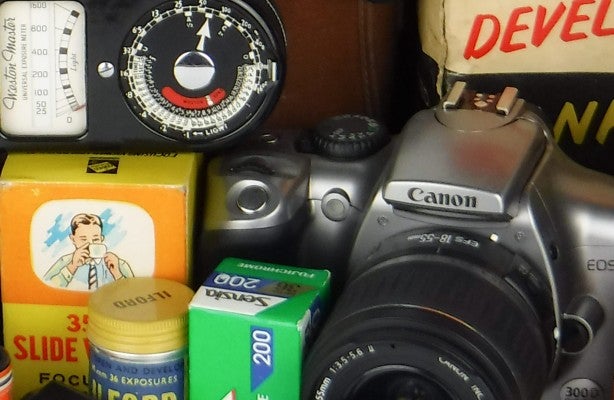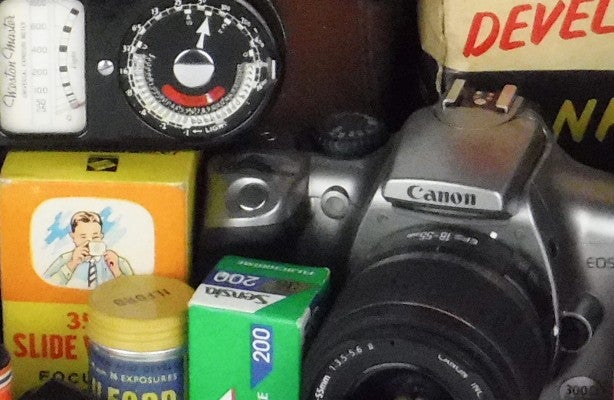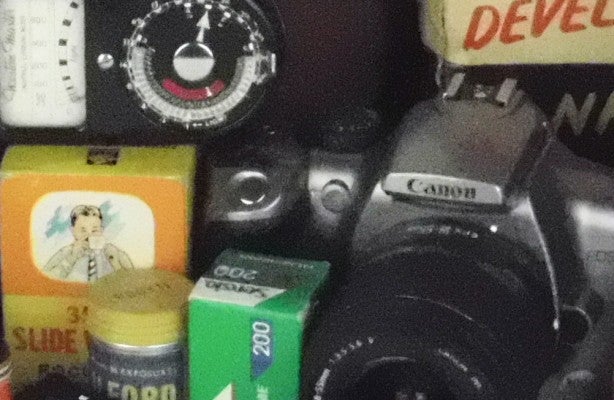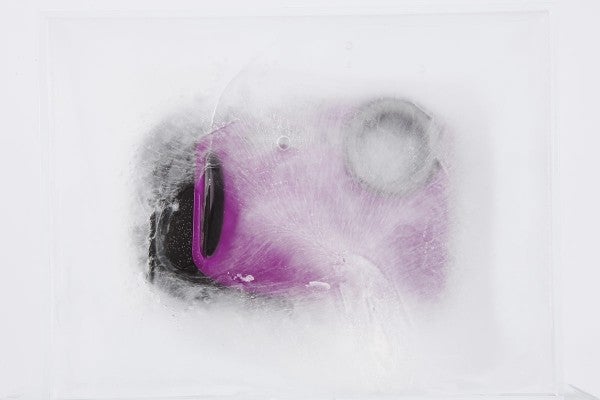We pit six of the finest tough compacts up against one another to establish which is the most durable when they’re subjected to a series of brutal tests
Fujifilm XP80
Key specs
- Sensor 16.4MP
- Sensor Size 1/2.3in
- Lens: 5x optical (28-140mm) f/3.9-4.9
- ISO: 100-6400
- Display: 2.7in, 460k-dot
- HD Video: Full HD 1920×1080
- Connectivity: Wi-fi
- Dimensions: 104.1×66.5×25.9mm
- Weight: 179g
- Price: £169
The XP80 is the most affordable model on test, costing £180 less than the Olympus TG-4. Waterproof to a depth of 50ft, freezeproof to -10°C and shockproof to a height of 1.75m, it has a 5x optical zoom lens (28-140mm) with a variable aperture of f/3.9-4.9.
Smallest of the six, the XP80 has a 2.7in, 460k-dot display, while the 16.4MP sensor offers an ISO range of 100-3200. There’s the option to shoot at up to ISO 6400, however this setting is only effective when the image size is set to M or S.
Like all of its rivals it provides +/-2EV exposure compensation from the d-pad and there’s a dedicated Wi-fi button to pair it with any mobile devices running Fujifilm’s Camera remote app.
Face detection and continuous shooting at up to 10fps both feature, and it’s also equipped with an interval shooting mode and fully supports USB charging.
See more shots taken with the Fujifilm XP80 in our sample image gallery
Build & Performance
The XP80 is best suited to those who have small hands. The plastic finish of the body doesn’t feel as robust as its rivals, but it did manage to survive our brutal drop test. There’s a good lock at the side to secure the battery/SD card door shut and the positioning of the soft zoom buttons is excellent. If purple isn’t for you, it’s also available in blue and yellow as well as graphite black with a lime green trim.
Image Quality
The XP80 is let down by its image quality performance. The sensor struggles to resolve the same level of detail as its rivals and at ISO 100 we recorded 20 lines per picture height on our resolution chart.
As soon as the sensitivity is raised to ISO 200 and beyond detail is quickly lost to noise, and ISO 3200 and 6400 should be avoided at all costs.
It also shows a tendency to underexpose in high contrast conditions.
Underwater Test
The XP80’s underwater performance was third best on test. The 10fps continuous shooting mode allowed us to capture a series of shots in quick succession and though it wasn’t the fastest to focus on the model swimming towards the camera, the auto white balance produced a faithful representation of our underwater scene.
See more shots taken with the Fujifilm XP80 in our sample image gallery
Freeze Test
The XP80 fired into life straight away out of the ice but the shutter button had frozen solid. There was a brief 2mins 53sec wait before the camera was fully operational.
Shock Test
Fujifilm claims the XP80 can survive an impact from 1.75m – not as high as its rivals but it endured our drop test onto a solid floor with only a minor dent on the edge of the body.
Fujifilm XP80 – Initial Verdict
Pros – Wi-fi, battery lock, underwater performance, burst speed, USB charging
Cons – Image quality, Small screen, lens isn’t as fast as rivals, plastic fascia





